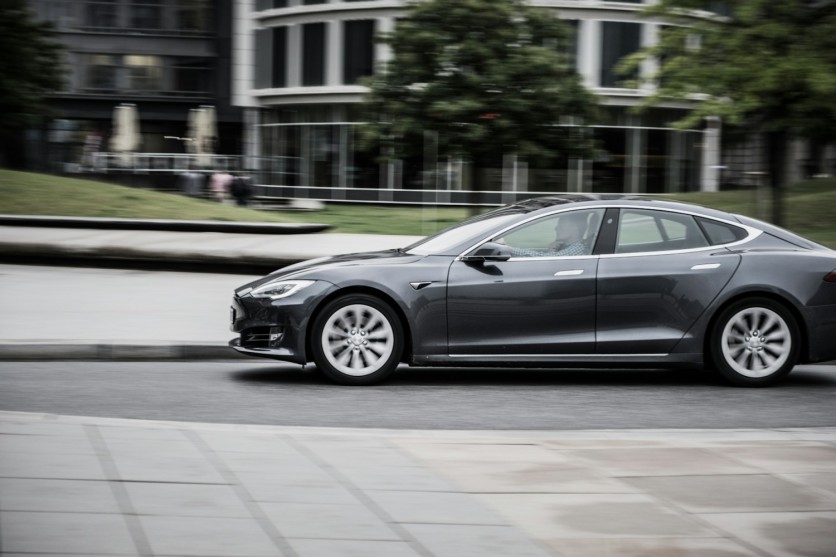A tragic incident occurred in Washington State on Friday afternoon when a Tesla car using an advanced driver-assistance system rear-ended a motorcyclist, leading to fatal consequences.
The accident has intensified ongoing debates about the safety of autonomous driving technology and its implications on road safety.
What Happened to Recent Tesla Crash

As reported by Gizmodo, the collision involved a 28-year-old motorcyclist, Jeffrey Nissen, and a 56-year-old driver from Snohomish, operating a 2022 Tesla Model S.
Reports from the scene indicate that the Tesla driver had engaged the vehicle's camera-based driver assist system and was distracted by his phone at the time of the accident. Consequently, Tesla failed to detect Nissen on his motorcycle, resulting in a high-speed crash that ejected Nissen from his bike and caused fatal injuries as he became trapped under the electric vehicle.
Driver's Reliance on Technology
The driver, who was not under the influence of drugs or alcohol, told police that he had "placed his trust" in the car's ability to drive autonomously. He was alerted to the collision only by the sound of the impact and the sudden movement of the car.
As the automaker previously said to the drivers, it's always crucial for them to remain attentive while using semi-autonomous driving systems. Although it's an Autopilot system, it still requires human oversight despite its advanced capabilities.
Tesla's Autopilot Versus Full Self-Driving Features
Local news sources clarified that the Tesla was operating on Autopilot, not the Full Self-Driving (FSD) mode. The two systems are often confused but differ significantly in functionality. The Autopilot system includes features like lane-keeping assistance and camera-based cruise control, whereas FSD demands that drivers keep their eyes on the road and hands on the wheel.
Following the accident, the Tesla driver was charged with vehicular homicide and was later released on a $100,000 bail. The incident has brought Tesla's safety claims under criticism once again, particularly the effectiveness of its detection systems, which have previously failed to recognize motorcyclists and other road users in similar situations.
Despite Tesla's insistence that their automated systems are supplementary and require driver engagement, public trust remains shaky.
Wider Implications for Autonomous Driving Technology
This fatal crash highlights significant concerns surrounding autonomous vehicles and the safety of such technology on public roads.
According to a Forbes survey, a substantial majority of Americans are skeptical about the safety of self-driving cars, with many unwilling to trust them entirely. The incident adds to the growing body of evidence that suggests autonomous driving technology is still in its developmental stage and not yet foolproof.
The community and potential users of such technology must consider these incidents seriously, advocating for more stringent testing and regulatory oversight to ensure that the integration of autonomous vehicles into everyday traffic does not compromise public safety.
In other news, Tesla owner Sakshi Agrawal pleaded guilty after crashing into a pedestrian. She blamed the Autopilot feature of the electric car she's driving.
Last month, Tesla was caught under fire after its faulty reverse function was blamed on Texas-based CEO Angela Chao's passing.
According to the authorities, Chao was drunk when she drove her car into the lake. Based on the incident report, the victim mistakenly reversed into the water, trapping herself inside the submerged vehicle.
Some believed that the "phantom braking" issue was to blame. It's a long-time concern that Tesla hasn't solved up to this day.





